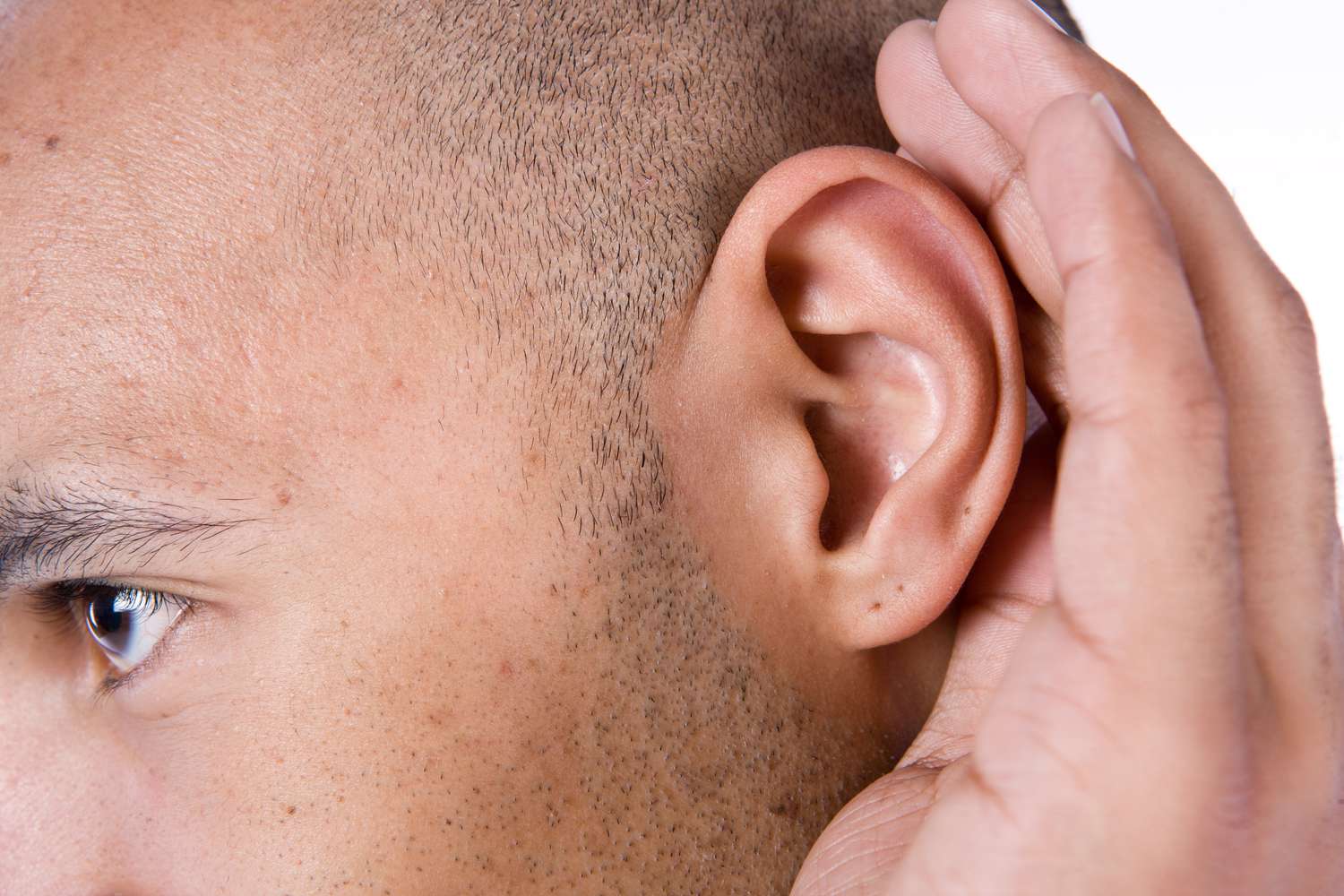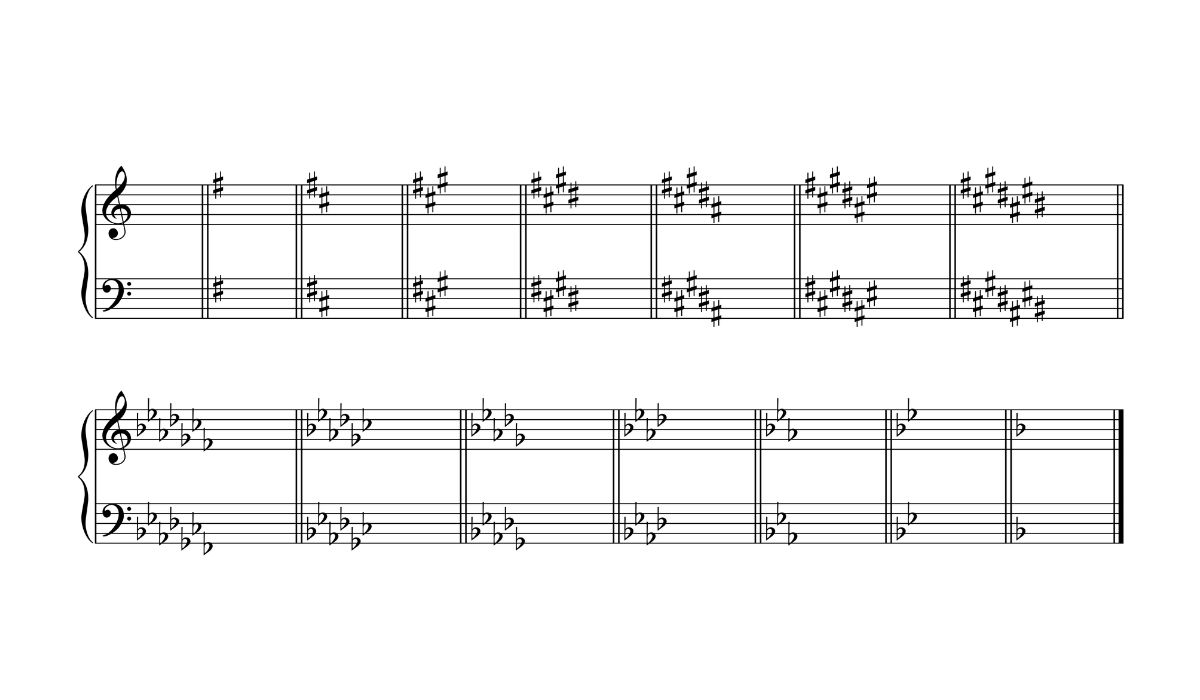Home>Production & Technology>Sound>Which Structure Of The External Ear Collects Sound Waves?


Sound
Which Structure Of The External Ear Collects Sound Waves?
Published: December 18, 2023
Discover the essential structure of the external ear that efficiently collects sound waves. Uncover how this vital component plays a pivotal role in gathering and transmitting sound.
(Many of the links in this article redirect to a specific reviewed product. Your purchase of these products through affiliate links helps to generate commission for AudioLover.com, at no extra cost. Learn more)
Table of Contents
Introduction
The human ear is an incredibly complex and fascinating organ responsible for our sense of hearing. It consists of three main parts: the external ear, the middle ear, and the inner ear. Each part plays a crucial role in the process of collecting, transmitting, and interpreting sound waves.
In this article, we will focus on the anatomy of the external ear, specifically exploring the structures responsible for collecting sound waves. By understanding the intricate design of the external ear, we can gain a deeper appreciation for the remarkable functionality of our auditory system.
From the visible part of the ear on the side of our head to the intricate canal that leads to the middle ear, every component of the external ear serves a specific purpose in capturing sound waves and preparing them for further processing. Let’s dive into the details of these structures to better understand how our ears collect sound.
Before we proceed, it’s important to note that the external ear is not the only part of the ear involved in the process of hearing. The sound waves collected by the external ear are transmitted to the middle ear and eventually to the inner ear, where the actual conversion of sound energy into electrical signals occurs. However, the external ear plays a crucial role as the first point of contact with the surrounding sounds.
Now, let’s delve into the anatomy of the external ear and explore the structures responsible for collecting sound waves.
Anatomy of the External Ear
The external ear, also known as the outer ear, is comprised of several structures that work together to collect and direct sound waves towards the middle ear. These structures include the pinna and the external auditory canal.
1. The Pinna: The pinna, also referred to as the auricle, is the visible part of the ear that protrudes from the side of our head. It is made up of a complex framework of cartilage covered by skin. The unique shape and contours of the pinna help to collect and funnel sound waves into the ear canal. Additionally, the pinna plays a role in localizing sound sources, allowing us to determine the direction from which a sound is coming.
2. The External Auditory Canal: The external auditory canal, commonly known as the ear canal, is a narrow and curved tube that extends from the outer ear to the eardrum. It is lined with specialized skin cells and contains tiny hairs and glands that produce earwax. The primary function of the ear canal is to transmit sound waves from the pinna to the eardrum. It also helps to amplify certain frequencies and protect the delicate structures within the middle ear.
Both the pinna and the external auditory canal play critical roles in collecting and preparing sound waves for further processing in the middle ear. They work together as a natural funneling system, capturing sound waves from the surrounding environment and directing them towards the eardrum.
Furthermore, it’s worth noting that the anatomy of the external ear can vary slightly from person to person. Factors such as genetics, age, and individual characteristics can influence the size and shape of the pinna and the length and curvature of the auditory canal. These variations contribute to the unique qualities of each person’s hearing experience.
Now that we have explored the anatomy of the external ear, let’s move on to discuss the specific role of the pinna and the external auditory canal in collecting sound waves.
The Pinna
The pinna, also known as the auricle, is the visible part of the ear that protrudes from the side of our head. It plays a crucial role in the collection and transmission of sound waves towards the middle ear.
The unique shape and structure of the pinna help in capturing and funneling sound waves into the ear canal. The folds, ridges, and contours of the pinna act as natural amplifiers, which enhance our ability to perceive sounds from different directions.
One of the essential functions of the pinna is sound localization. Due to its position on the side of our head, the pinna can receive sound waves from various angles. As sound waves approach our ears, they encounter the pinna, which modifies the waves’ properties, such as the intensity and timing. These modifications provide crucial cues to the brain, allowing us to determine the direction from which a sound is coming.
The shape and characteristics of each person’s pinna are unique, contributing to individual variations in sound perception. For example, some individuals with prominent or asymmetrical pinnae may have enhanced sound localization abilities, while others with differently shaped pinnae may have more challenges in accurately perceiving sound direction.
Not only does the pinna assist in sound localization, but it also plays a role in filtering and amplifying certain frequencies. The complex structure of the pinna acts as a natural resonator, enhancing specific frequencies and helping us differentiate sounds. This is why covering or altering the shape of the pinna can have a noticeable impact on our perception of sound.
Despite its small size, the pinna is a remarkable structure that significantly contributes to our ability to hear and interpret sounds. Its unique shape, position, and amplifying properties work together to collect and direct sound waves into the ear canal.
Now that we have explored the role of the pinna, let’s move on to the next structure of the external ear: the external auditory canal.
The External Auditory Canal
The external auditory canal, also known as the ear canal, is a narrow and curved tube that extends from the outer ear to the eardrum. It plays a vital role in transmitting sound waves collected by the pinna to the middle ear.
The ear canal is lined with specialized skin cells that produce cerumen, commonly known as earwax. Earwax serves several important functions, including lubrication of the ear canal, protection against infection-causing bacteria, and the trapping of dust and debris.
As sound waves enter the ear canal, they travel along its length towards the eardrum. The narrow and curved shape of the canal helps to amplify certain frequencies, particularly those in the range of human speech. This amplification can improve our ability to hear and understand spoken words.
The ear canal also acts as a natural filter, reducing the impact of background noise and focusing on the desired sound. This filtering effect is particularly valuable in environments with high levels of ambient noise, as it allows us to prioritize important sounds and pay attention to specific auditory cues.
Additionally, the length and curvature of the ear canal contribute to the resonant properties of the external ear. These properties can enhance specific frequencies, potentially improving our ability to perceive and distinguish sounds in certain frequency ranges.
It’s important to note that the ear canal has a self-cleaning mechanism. The production of cerumen helps to naturally push out debris and dead skin cells from the canal, preventing them from accumulating and causing blockages. However, excessive earwax buildup can lead to reduced hearing or discomfort, requiring professional intervention for removal.
In summary, the external auditory canal plays a crucial role in transmitting sound waves from the pinna to the eardrum. Its unique shape, amplification properties, and ability to filter and protect the inner ear contribute to our overall hearing experience.
Now that we have explored the anatomy of the external ear, including the pinna and the external auditory canal, we can appreciate the remarkable design of these structures in collecting and preparing sound waves for further processing in the middle ear.
Conclusion
The external ear is a vital component of the auditory system, responsible for collecting and directing sound waves towards the middle ear. It consists of the pinna and the external auditory canal, each playing a significant role in capturing and transmitting sound.
The pinna, with its unique shape and contours, helps in sound localization and amplification. It acts as a natural funnel, gathering sound waves and directing them towards the ear canal. Additionally, the pinna’s resonant properties contribute to our ability to perceive and differentiate various frequencies.
The external auditory canal serves as a pathway for sound waves to travel towards the middle ear. Its curved and narrow structure enhances certain frequencies, amplifying our ability to hear and understand speech. The ear canal also acts as a filter, reducing background noise and focusing on important sounds.
Together, the pinna and the external auditory canal work in harmony to collect, amplify, and transmit sound waves to the eardrum. This intricate process is the first step in the remarkable journey of sound perception in the human auditory system.
Understanding the anatomy of the external ear provides us with valuable insights into the complexity and functionality of our hearing. It allows us to appreciate the ingenious design that enables us to interact with the auditory world around us.
Next time you marvel at your ability to hear the sound of laughter, the soothing melody of music, or the gentle rustle of leaves, remember the intricate structures of your external ear and the miraculous process of sound collection that brings these auditory experiences to life.
In conclusion, the external ear, with its pinna and external auditory canal, is a remarkable example of nature’s engineering, enabling us to perceive and enjoy the symphony of sounds that surrounds us.











